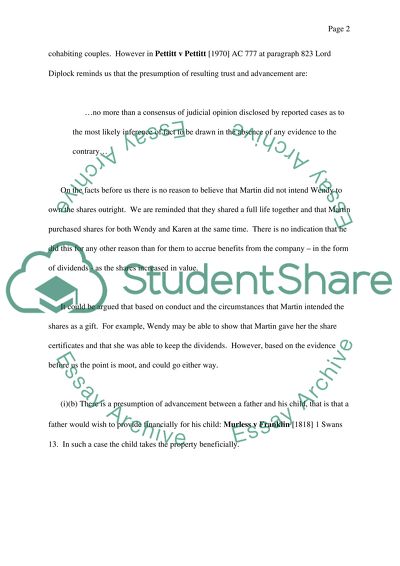Cite this document
(“The Law of Trusts and Equitable Obligations Case Study”, n.d.)
Retrieved from https://studentshare.org/miscellaneous/1523829-the-law-of-trusts-and-equitable-obligations
Retrieved from https://studentshare.org/miscellaneous/1523829-the-law-of-trusts-and-equitable-obligations
(The Law of Trusts and Equitable Obligations Case Study)
https://studentshare.org/miscellaneous/1523829-the-law-of-trusts-and-equitable-obligations.
https://studentshare.org/miscellaneous/1523829-the-law-of-trusts-and-equitable-obligations.
“The Law of Trusts and Equitable Obligations Case Study”, n.d. https://studentshare.org/miscellaneous/1523829-the-law-of-trusts-and-equitable-obligations.


